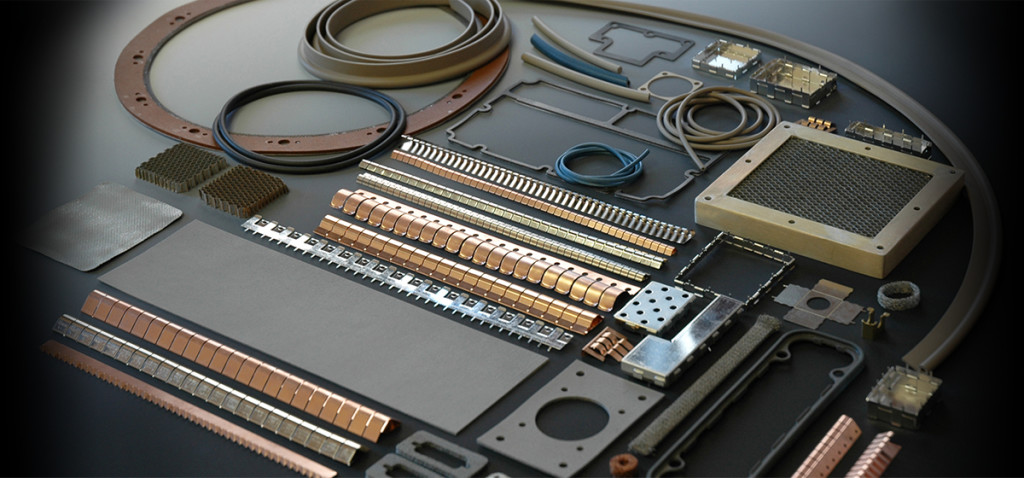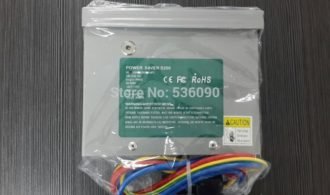Today’s product designers face a lot of challenges when it comes to designing electronic devices for consumers as well as business to business (B2B) markets. As they become increasingly smaller, more mobile and highly complex, shielding these gadgetsagainst electromagnetic interference becomes more difficult.Such radiations, particular those high frequency radiations such as radio waves emanating from gadgets like cell phones, not only produce cross talk between devices, but also have negative impacts on the health of people in the vicinity. In an effort to minimize these interferences, engineers design the printed circuit board of the devices in a way that components and section of a device remain isolated from one another. To ensure a reliable isolation, electromagnetic interference (EMI)shields are integrated right on the printed circuit boards, as well as in between the components. All reputable brands in the shielding industry emphasize on the careful selection and use of proper EMI shielding material, as it is not only crucial for creating an effective shielding, but also important for meeting a wide range of application challenges that today’s designers face.

Selecting Material – Going Wrong May Prove Costly
The number of sources, which emit electromagnetic waves, are on the rise and they include television, radio and cellular networks, among many others. This is making shielding design increasingly more challenging. The fact thatthese complex devices are built of extremely compact electronic circuits, adds to the design complexities. As they get more and more miniscule, circuit boards become more vulnerable to electromagnetic radiation exposure. As such, the choice of suitable materials for the shields and their proper placement has become extremely important. A plethora of shielding solutions is available in the market. Each solution is composed of different types of materials. While some of them are highly customized, many are made of standardized off-the-shelf substances. The right material helps either reflect or absorb electromagnetic radiation.
Mechanism
Reflection:The primary mechanism of electromagnetic shielding involves reflection. In order to be able to reflect the radiation, the shield needs to be electrically conducting. Thanks to their conductive properties, metals make good shielding materials. Metals, however, are bulky. In order to overcome this, sheets with metal coatings that are created by electroplating, electroless plating or vacuum deposition are generally used.
Absorption:The secondary mechanism involves absorption of radiated energy. In order to facilitate absorption, the material should have electric and/ or magnetic dipoles – the separation of positive and negative charges. Magnetic dipoles can be provided by materials having high level of magnetic permeability. Superpermalloy,mumetaland Fe3O4are some of the materials that are excellent for absorption.
Multiple Reflections: This process involves the reflection at various surfaces and interfaces. To be effective, this mechanism requires a large surface area. The shields made of foam or porous materials are good for multiple reflection. The composite materials containing fillers also make excellent EMI shield.
EmergingMaterials
Flexible graphite is fast emerging as an attractive EMI shielding material. It’s nothing but a flexible sheet consisting of a large number of exfoliated graphite flakes or worms. A notable feature of this emerging material is that it is devoid of any binder. A chemical process causes the worms to remain tightly interlocked to each other, eliminating the need for a binder. This material is high on thermal and electrical conductivity. It also has a high specific surface area, thanks to exfoliation. Because of its high electrical conductivity and specific surface area, flexible graphite is predicted to have a promising future as a highly effective material for electromagnetic shielding.
With more and more people becoming aware of the harmful health effects of electromagnetic radiation, EMI shielding for both electronic devices and various network sources has become a necessity. The choice of suitable EMI shielding material has acquired a social context against this backdrop. Product designers should act responsibly while choosing materials to be used in their shielding techniques.




